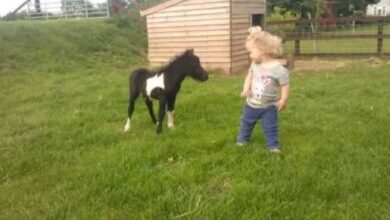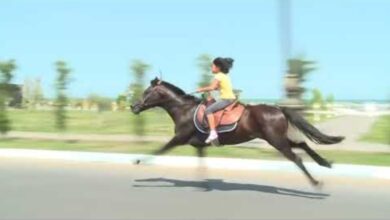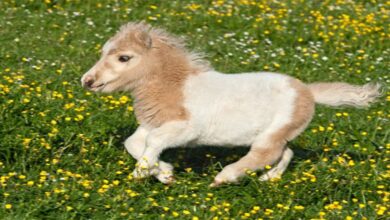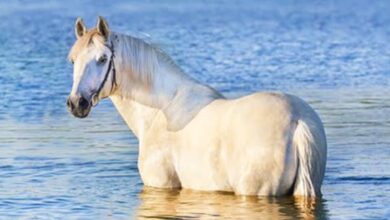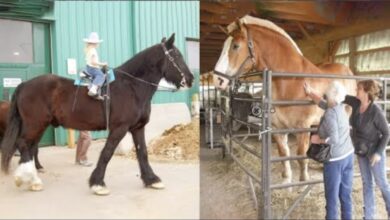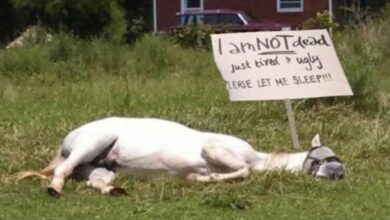Famous Horse Breeds From Different Countries
Only in the last decade or so has the technology to test ancient DNA from preserved materials such as bones and hair become finely honed enough to investigate such broad questions.
For their research, Orlando and an international team of bone collectors scoured museums and archaeological sites, ultimately gathering enough material to test 273 individual genomes from horse remains found across Europe and central Asia. By comparing the overall composition of the genomes across time and space, they were able to map out when and where horses’ gene pools evolved. (Read about wild horses and their shrinking population in the American West.)
The genetic maps revealed a wide diversity among domesticated horses before about 5,000 years ago, which soon narrowed as humans began selectively breeding the animals for traits such as endurance, docility, and the ability to bear human weight—creating genetic tweaks that led to the horse we know today.
The study “finally provides genetic evidence from horses that lived in the relevant [time frame] and the right region,” says Vera Warmuth, a biologist at Ludwig-Maximillans University of Munich, in Germany, whose research models identified Volga-Don as a potential source for horse domestication over a decade ago.
“Our own work predicted a rapid spread out of this area, and this is what this paper also suggests,” Warmuth wrote in an email.
